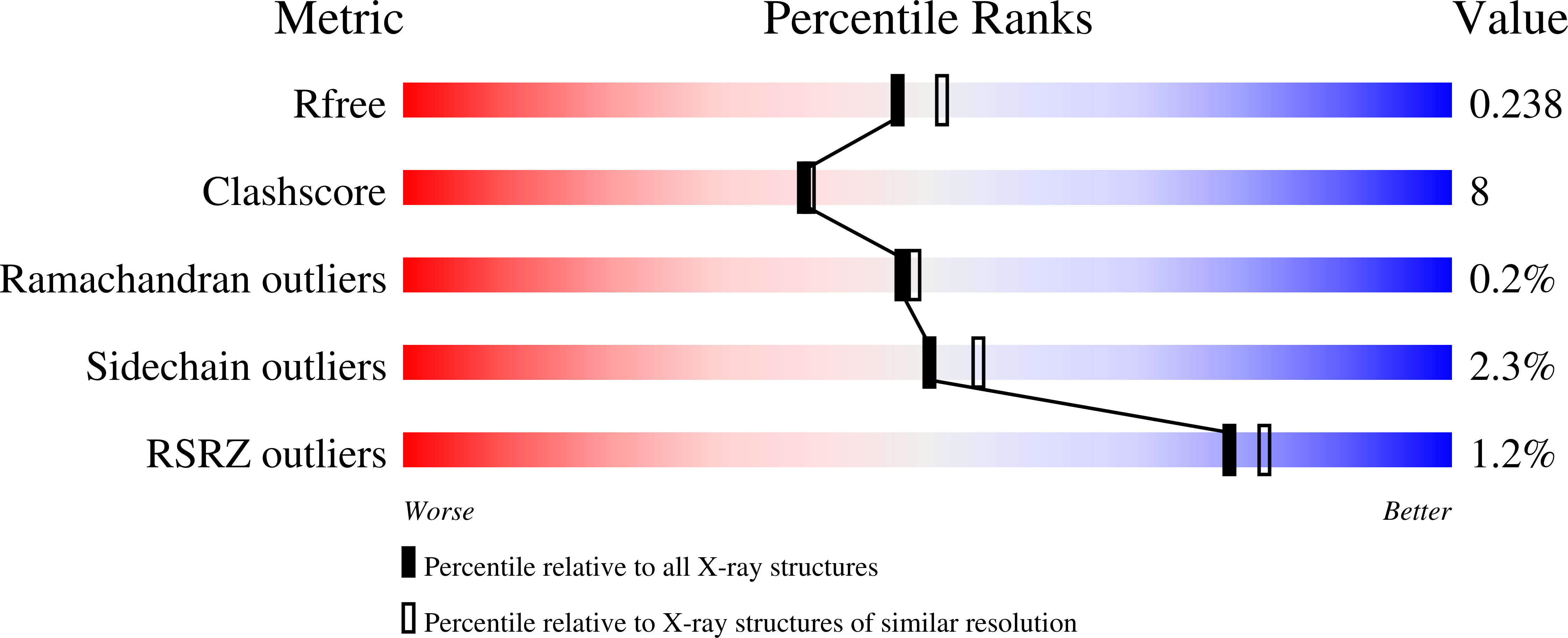
Deposition Date
2010-10-26
Release Date
2011-02-16
Last Version Date
2023-09-06
Entry Detail
Biological Source:
Source Organism:
Clostridium difficile (Taxon ID: 272563)
Host Organism:
Method Details:
Experimental Method:
Resolution:
2.10 Å
R-Value Free:
0.24
R-Value Work:
0.19
R-Value Observed:
0.19
Space Group:
C 1 2 1


